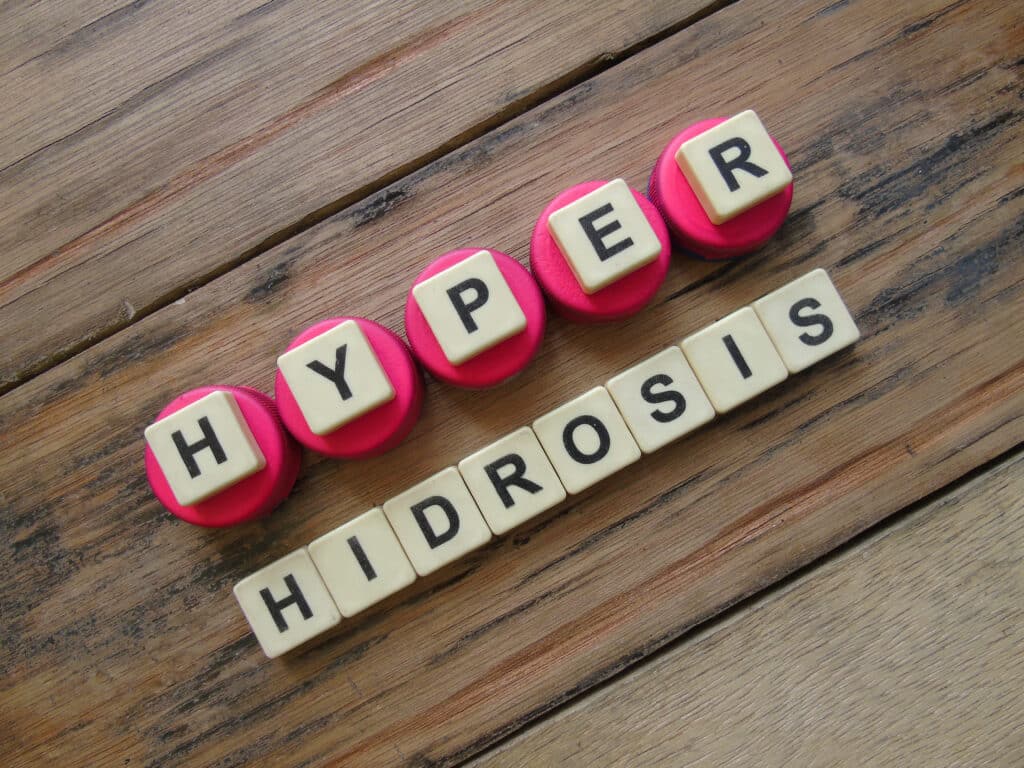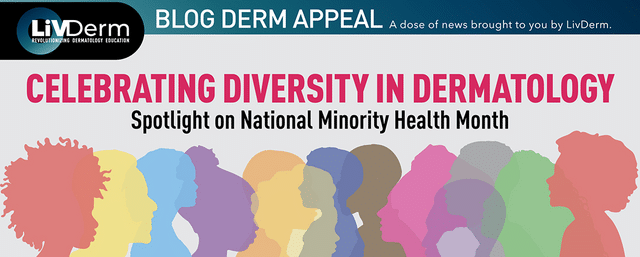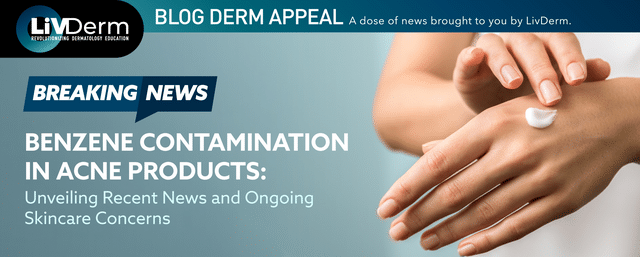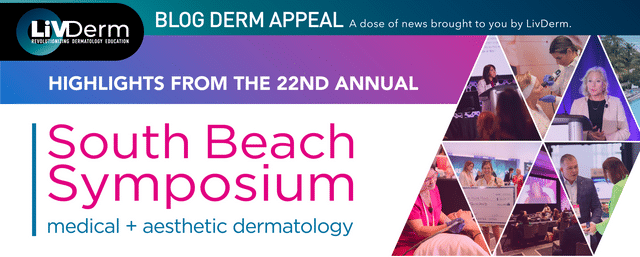Hyperhidrosis (HH) is a condition characterized by excessive sweating beyond what is necessary for thermoregulation and affects millions of people worldwide. It can be a debilitating condition, often causing social embarrassment, physical discomfort, and even psychological distress. Many report curtailing activities, missing opportunities, and watching their self-esteem plummet. As such, HH should never be dismissed as trivial and a focus on improving quality of life is essential.

A recent review of several articles investigating the impact of primary HH on quality of life revealed that it has a profound physical and mental impact on patients. The review by Parashar et al. suggests that “HH is in fact a significantly impactful and distressing illness that warrants equal attention as other more well-known skin conditions”. Despite this, however, patients are less likely to be diagnosed and treated. Research suggests this is attributed to a number of factors, including a lack of understanding and knowledge among both patients and providers.
Upon reviewing a total of 49 articles, the authors reported on several key elements, including psychological impacts (anxiety and depression), physical impacts, social impacts, medical impacts, and barriers to treatment.
Overall, “hyperhidrosis sufferers report a decreased sense of well-being, increased anxiety and depression, and functional, social, occupational, and physical impairments.” The authors describe that the stress of the symptoms can themselves cause further sweating and stress, therefore creating a ‘self-fulfilling cycle’. They add that these symptoms in the pediatric population are of particular significance as they can affect social and functional development and have potential long-term effects.
The authors note that despite the high prevalence of HH in the general population, it remains a relatively understudied disease. This may be attributed to a lack of provider awareness of the severity of the disease as well as access to effective treatment. Many patients are also unaware of their condition and do not seek medical care. Others still do not come forward due to stigma and embarrassment. Additionally, unlike diseases such as eczema and psoriasis, HH may present as less visible and therefore more likely to be missed by clinicians.
To conclude, Parashar et al. suggest that, “alongside improving medical education about HH amongst dermatologists and primary care providers, patient education is also key to successfully treating this disease.” Ultimately, HH is more than just a physical condition; it significantly affects a person’s mental health and overall well-being. Increased awareness, early detection, and access to specialized treatment options are crucial in addressing the emotional repercussions of hyperhidrosis.
To learn more about HH and its impact on your younger patients, join us this February 2024 for our Masters of Pediatric Dermatology (MOPD) Symposium. HH will be among the many topics covered at this incredible event designed to educate clinicians on some of the most common (and not so common) conditions affecting the pediatric population.
















